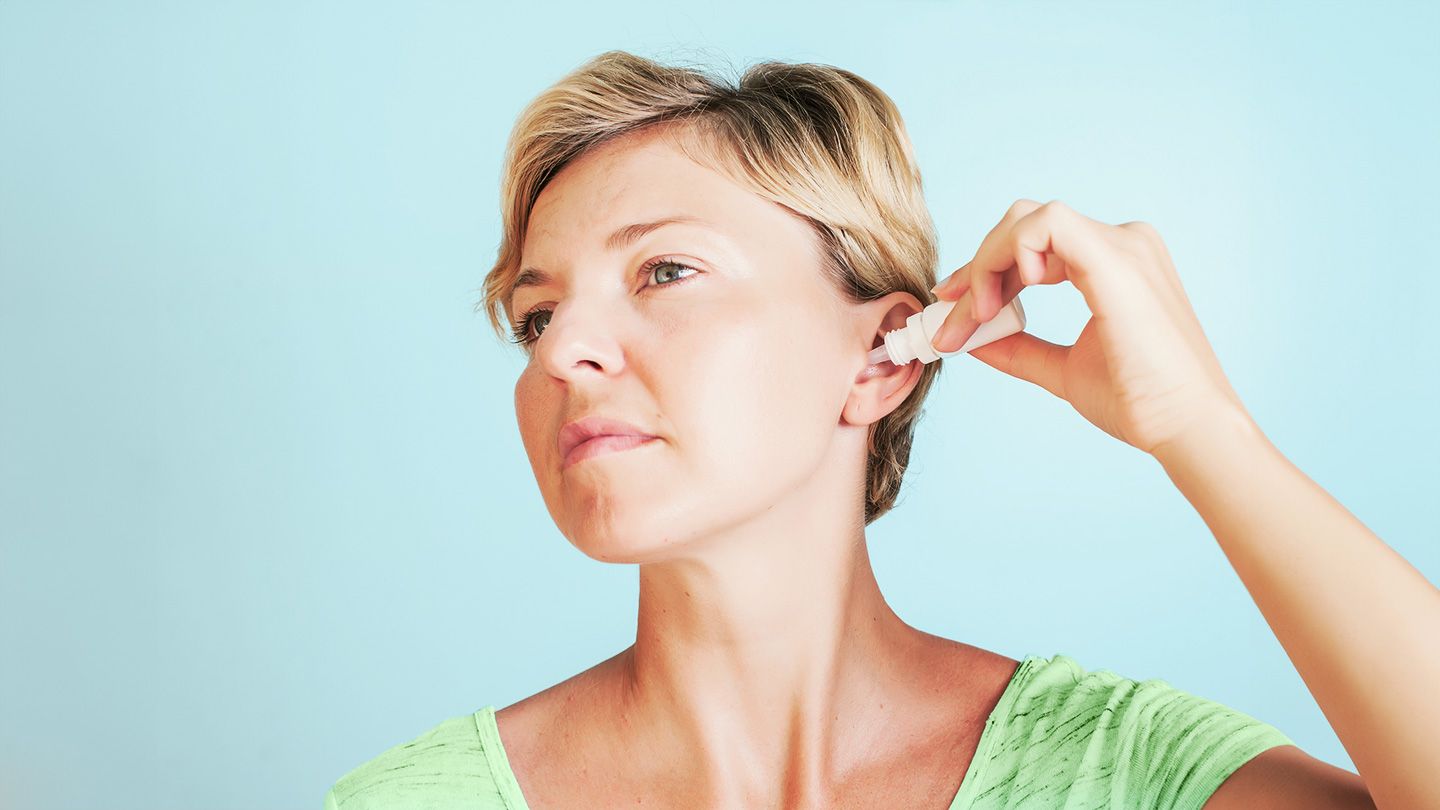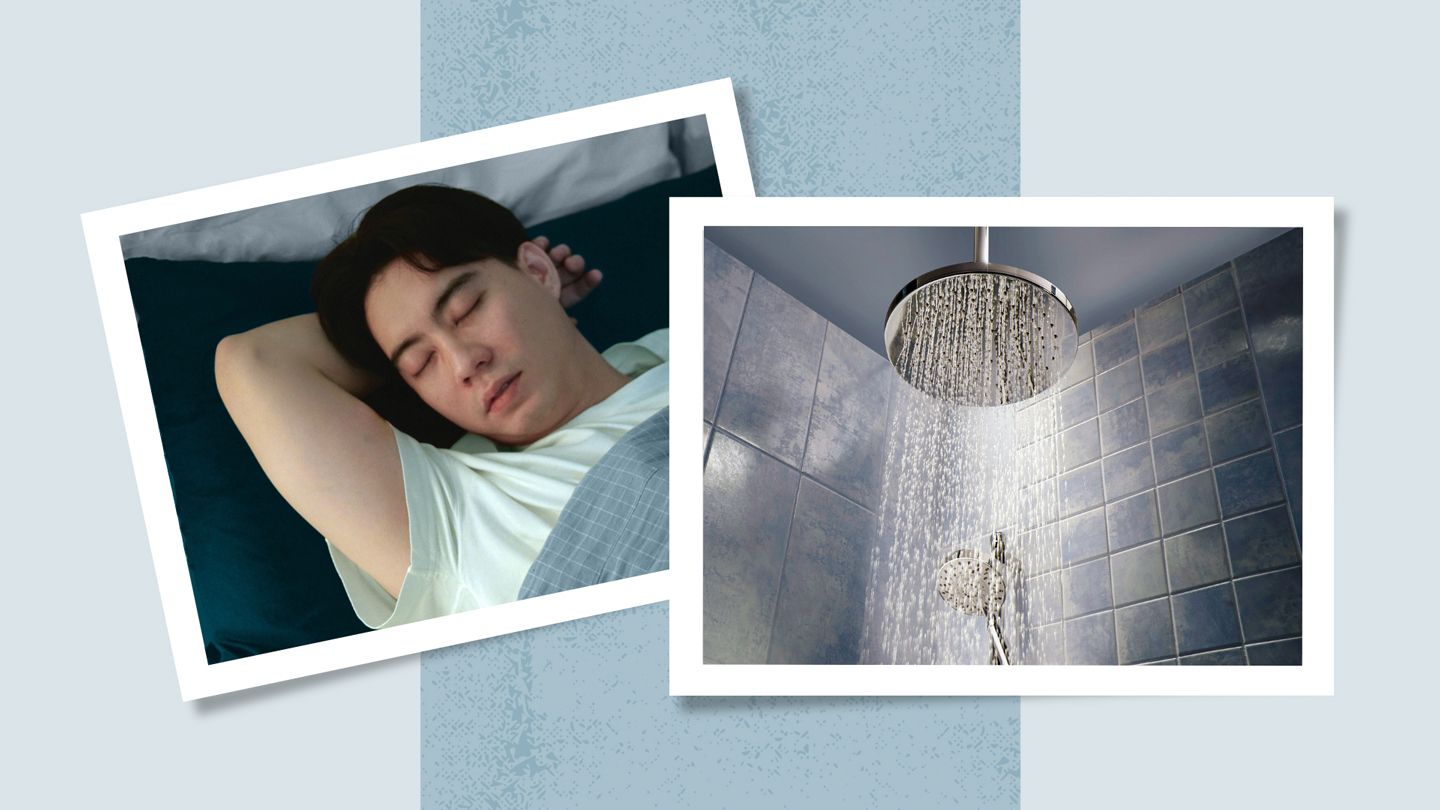Feeling Cold Pictures: Capturing the Essence of Chilliness
Feeling cold is an experience we can all relate to. From brisk autumn days to the depths of winter, the sensation of chilliness is universal. Capturing that feeling in pictures not only allows us to connect over a shared experience, but also tells a visceral story. Photos expressing cold evoke an emotional response in the viewer, allowing them to vividly imagine the Situation. Lets explore what goes into visually conveying cold through photography.
Capturing Physical Reactions
One of the most direct ways to show feeling cold in pictures is by zeroing in on physical reactions. When exposed to frigid Temperatures, our bodies instinctively respond. Goosebumps, shivering, numb extremities, and hunched shoulders are some common reactions.
Close-up shots of gooseflesh on skin is a classic way to immediately convey cold. Arms wrapped tightly around the body also signal an attempt at warmth. Capture subjects blowing into cupped hands or stomping feet to portray the restlessness chilliness brings.
Teeth chattering and shuddering facial expressions like squinting eyes and puckered lips further display the bodys response to cold. Shooting profiles of hunched, tensed postures effectively transmit that sense of bitter chill.
Dressing for Warmth
How a subject is dressed also clues the viewer into feeling cold. Layers of heavy coats, hats, gloves, and scarves indicate bundling up against the cold.
Thick sweaters and blankets draped over shoulders bring to mind cozying into warmth. A focused shot of someones boots crunching through snow implies chilled feet. Capturing hands thrust into coat pockets or being cupped together breathes cold.
Play with creatively framing pieces of cold weather outfits. A detailed image of a knitted scarf wrapped snugly around a neck visually represents the feeling of cold through clothing.
Wintery Environments
Placing subjects in appropriately wintry settings helps conjure up feeling cold. Snowy landscapes, frost-covered windows, icy lakes, and bare trees immediately give context to the situation.
Look for interesting ways to frame the environment. Icicles hanging from eaves and snow blowing across a field transport the viewer. Shoot footprints in fresh snow to capture people moving through cold.
Images of subjects appearing small in a vast frozen landscape make them seem exposed and vulnerable to the elements. This composition evokes the isolation and danger of extreme cold.
Cozy Warmth
Contrasting cold environments with warm interiors also gets across the feeling. Being bundled under blankets next to a fire or sipping hot cocoa after coming in from the snow summons sensations of comfort against the cold.
Show people warming frozen hands under hot water or over vents. Capture cozy scenarios like reading by a fireplace or cuddling under a blanket. Photograph steam rising from mugs of tea or kids warming themselves by a radiator.
Shoot overhead views of people comfortably snuggled together under layers of blankets. The separation from cold is palpable in these refuge-seeking subjects.
Conveying Emotion
Beyond physical reactions and environments, facial expressions and body language communicate emotions connected to feeling cold.
Discomfort
The most obvious emotions shown will be discomfort and misery. Facial expressions like grimacing or anguished distress help the viewer emotionally connect with the unpleasantness of being cold.
Hunched, tense body language also transmits discomfort. Capture shivers not just as physical reactions, but as nonverbals indicating suffering. Clearly communicating distress through posture and expression builds empathy.
Loneliness
In the right context, cold can create a sense of loneliness. A lone subject framed small in a vast snowy landscape can seem isolated. Distant, thousand-yard stares suggest melancholic contemplation.
Similarly, distant couples facing away from each other convey emotional separation and disconnect. The cold visually mirrors that internal disconnect between two people.
Reflection
Winters chill seems to inspire introspection. Photograph subjects gazing pensively into the distance, lost in thought. Capture a person sitting alone, staring at snow falling.
Create a thoughtful mood through soft light and calm compositions. A peaceful snowy forest invites the mind to wander and reflect.
To connect with this reflective vibe, shoot subjects bundled up and staring into snowglobes. Or frame someone looking wistfully through frosted windowpanes for visual interest.
Playfulness
While cold can certainly be unpleasant, you can also use it to convey playfulness and whimsy. Capture people having fun playing in the snow - frolicking, snowball fights, sledding, building snowmen.
Inject a spirit of play into feeling cold shots by featuring kids' red-nosed joy. Increase the vibrancy of your images through pops of color like brightly capped snowsuits stomping through white drifts.
Shoot upward angles of laughing faces with snowflakes landing on tongues to transmit childlike wonder. Cold sparks creativity and lightheartedness that you can highlight.
Tips for Shooting Cold
Here are some tips for taking compelling photos that capture feeling cold:
Layer clothing
The bulk of heavy winter gear adds appealing visual interest. Thick coats, chunky sweaters, lined boots, gloves, hats, and blankets give more to work with compositionally.
See foggy breath
In cold air, subjects breath will be visible. Time shots right as they exhale for magical, foggy plumes that reinforce temperature.
Focus on eyes
Eyes convey a lot of emotion. Use shallow depth of field to blur background details while pin-sharply focusing on the eyes.
Shoot in snowstorms
Actively falling snow adds mood and dynamism. Work with snow catching light for a magical, otherworldly atmosphere.
Include environmental cues
Remember to incorporate wintry environments - icicles, frosted glass, bare trees, snowbanks. This gives the viewer context.
Use warming light
Balance cold tones with visual warmth. Incorporate cozy sun flare, golden hour light, or candlelight to create contrast.
With an intimate understanding of how to portray it, you can capture the essence of feeling cold in your photography. Convey physical reactions, environments, emotions, and playfulness through compelling, dynamic images.
Disclaimer: This article is for informational purposes only and does not constitute medical advice. Always consult with a healthcare professional before starting any new treatment regimen.
Related Coverage
When intermittent fasting, a common question is if swallowing mucus or phlegm affects fasted states metabolically. Learn what experts say about mucus content and fasting efficacy....
Putting Vicks VapoRub in your nose seems like a fast sinus relief hack. But this risky use can cause painful irritation, breathing issues, and toxicity....
Compare Theraflu and Alka-Seltzer Plus ingredients, liquid vs tablets, appropriate products for specific cold/flu symptoms to determine the best OTC relief choice....
Essential oils flu relief guide: safe application tips and the science behind their antiviral and anti‑inflammatory effects....
Cold exposure causes physical reactions to conserve body heat, but also suppresses immunity. Low indoor humidity promotes winter illness spread. Tips to stay healthy....
Learn about causes of jaw pain when you have the flu. Discover tips for managing headache, body aches, fever and fatigue until influenza symptoms resolve....
Dealing with a persistent tickle or irritation in your throat? Try various home remedies and over-the-counter medications to soothe throat inflammation and irritation....
Alka-Seltzer and NyQuil both treat cold and flu but contain different active ingredients. Know when to use each for symptoms like cough, fever, body aches....
Can you safely use Advil Cold & Sinus and NyQuil together to treat cold symptoms? Learn about the interactions and side effect risks of combining these medications....
Steam therapy & essential oils in DIY vapor baths bring natural relief for colds, allergies & dry air causing nasal congestion, coughs & chest tightness....








